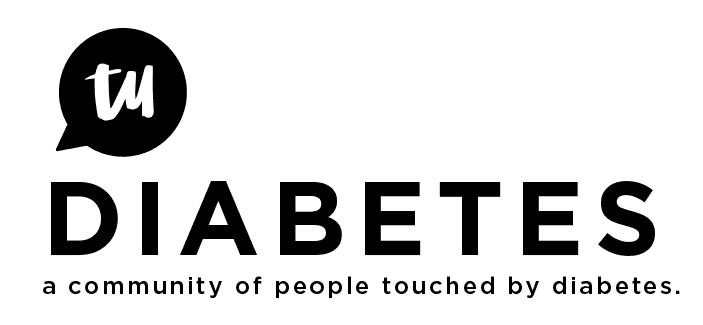Beta cells take up about two-thirds of the space in islets, and stimulating or replacing them has dominated approaches to treatment or potential cures for diabetes for almost 100 years. Alpha cells that populate most of the remaining third of human islets have received comparatively little attention. It wasn’t until 1923 that researchers identified the glucagon-enabling role of alphas. Since then, glucagon has languished from neglect, except as a last resort for hypoglycemic events. No more. According to Dr. John Kinzell, co-founder and Executive VP of a biopharma company, Xeris Pharmaceuticals. He and Xeris are moving glucagon from “rescue dog” status to serving as a constant companion for people with diabetes.
Xeris is developing a liquid glucagon that will last for two years at room temperature and promises to change the way people treat diabetes, whether they are Type 1 or Type 2. The company’s glucagon product farthest down the path to clearance is G-Pen™, a rescue treatment for severe hypoglycemic events (hypos), where a caregiver typically administers the injection. G-Pen™ is a user-friendly product with only two steps to injection. A second, broader use glucagon product in development, the G-Pen Mini™, uses the same glucagon formulation, but is intended for day-to-day use rather than emergencies. The Mini™ allows for quick and easy glucagon injections in small doses, offering a non-caloric way for diabetics to treat mild to moderate hypoglycemic events (hypos). Indeed, it may finally allow people with diabetes to control their glucose levels much like a normal pancreas would, by allowing insulin and glucagon to work together.
A quick and easy way to treat severe to life-threatening hypos has obvious benefits. But, controlling or averting mild to moderate hypoglycemia is equally important. A study published in 2011, reporting results among almost 1500 people who experienced mild to moderate hypos, showed that more than two-thirds of the reported events were at work, resulting in an average of almost 9 hours of missed time on the job. Multiply this by two to three events per month and the economic impact becomes clear. It’s not just emergency room costs we have to worry about, but lost productivity. G-Pen Mini™ is a potential solution.
